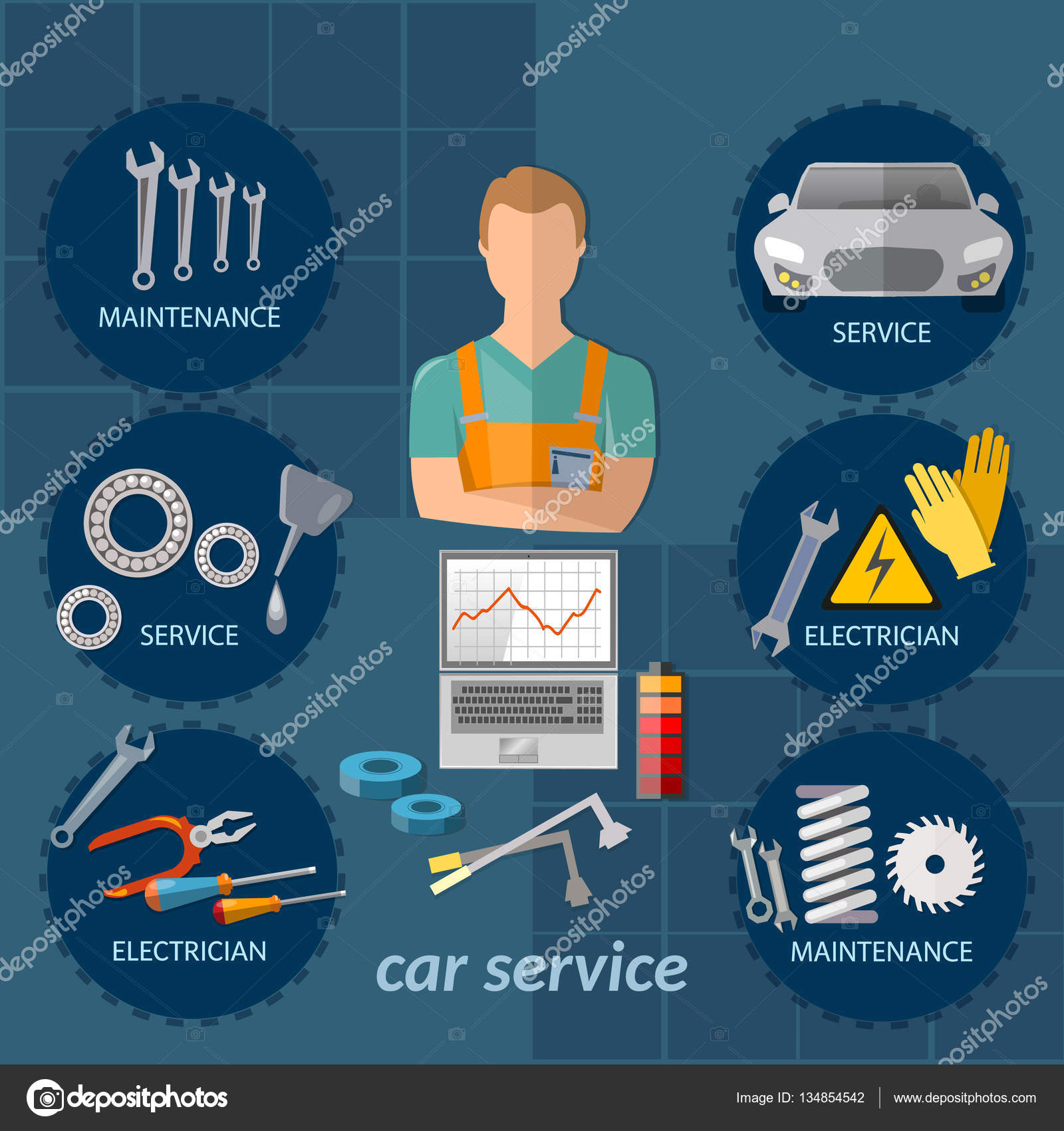Decoding The Importance Of Your Automobile'S Warning Indicators
Decoding The Importance Of Your Automobile'S Warning Indicators
Blog Article
Writer-Johannsen Boyer
When you're behind the wheel, those radiant warning lights on your dashboard can be a little bit complicated. Do you know what they're trying to inform you regarding your automobile's health? Recognizing the relevance of these lights is important for your safety and security and the longevity of your lorry. So, the following time one of those lights appears, would not you want to decode its message properly and take the needed actions to address it?
Common Caution Lights and Interpretations
Determine usual warning lights in your auto and understand their meanings to ensure safe driving.
The most typical caution lights include the check engine light, which signals issues with the engine or discharges system. If this light comes on, it's essential to have your car checked promptly.
The oil stress cautioning light indicates low oil stress, needing prompt interest to avoid engine damage.
A flashing battery light may recommend a faulty charging system, possibly leaving you stranded if not resolved.
The tire stress monitoring system (TPMS) light signals you to reduced tire stress, impacting vehicle security and fuel performance. Ignoring this could result in dangerous driving problems.
The ABS light indicates an issue with the anti-lock stopping system, endangering your ability to stop swiftly in emergency situations.
Last but not least, the coolant temperature advising light warns of engine getting too hot, which can cause serious damages if not settled quickly.
Comprehending these common warning lights will assist you address concerns immediately and preserve safe driving problems.
Value of Prompt Attention
Comprehending the typical warning lights in your auto is just the first step; the importance of quickly attending to these cautions can not be highlighted enough to guarantee your safety when driving.
When a caution light illuminates on your control panel, it's your cars and truck's means of communicating a possible problem that needs focus. Neglecting these cautions can result in much more extreme issues down the road, endangering your security and possibly costing you a lot more in repairs.
Trigger interest to cautioning lights can avoid failures and accidents. As an example, a blinking check engine light could show a misfire that, if left ignored, can cause damages to the catalytic converter. Addressing this without delay can save you from a pricey fixing.
Likewise, a brake system alerting light could indicate reduced brake liquid or worn brake pads, critical parts for your security when driving.
DIY Troubleshooting Tips
If you notice a warning light on your control panel, there are a couple of DIY fixing tips you can try prior to looking for specialist help.
The primary step is to consult your vehicle's handbook to recognize what the specific warning light suggests. Sometimes the issue can be as simple as a loose gas cap setting off the check engine light. Tightening the gas cap may resolve the trouble.
click the up coming document is a low battery, which can activate numerous cautioning lights. Checking the battery connections for corrosion and ensuring they're protected may fix the problem.
If a caution light continues, you can try resetting it by detaching the vehicle's battery for a few mins and afterwards reconnecting it. In addition, checking your vehicle's liquid levels, such as oil, coolant, and brake liquid, can aid troubleshoot warning lights connected to these systems.
Verdict
In conclusion, understanding your cars and truck's warning lights is necessary for maintaining your vehicle running efficiently and securely. By quickly attending to these notifies and recognizing what they imply, you can avoid expensive repair work and prospective failures.
Keep in https://ecutuningforbeginners17273.dreamyblogs.com/28069765/learn-exactly-how-to-change-your-car-s-oil-by-following-the-detailed-instructions-supplied-in-this-overview to consult your automobile's handbook for certain information on each warning light and act as necessary to make sure a trouble-free driving experience.
Stay notified, stay safe on the road!
